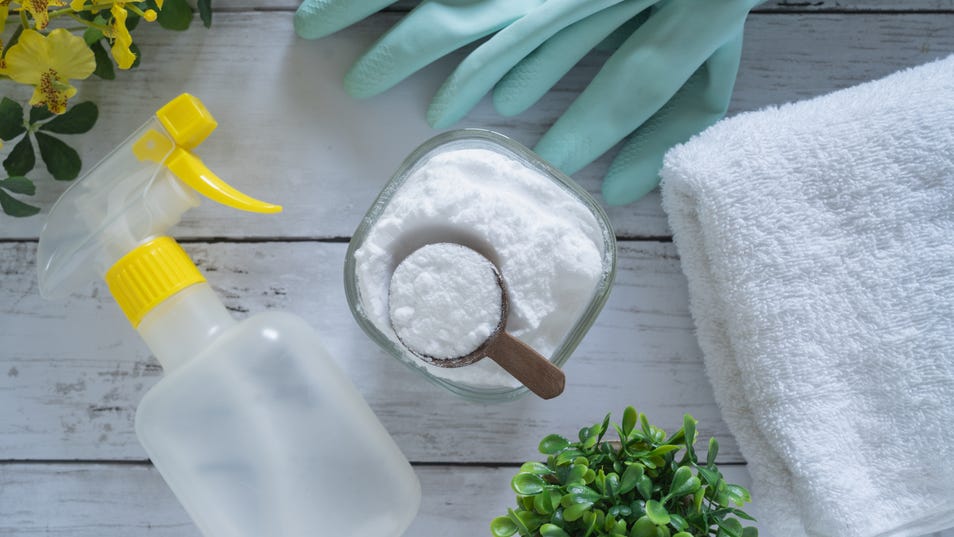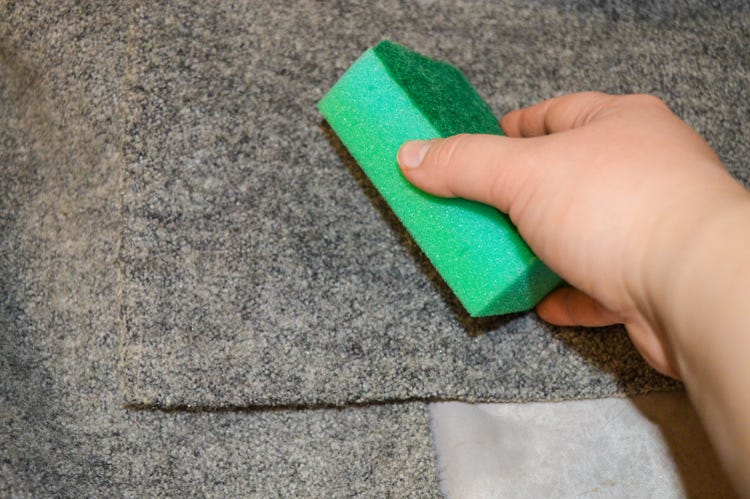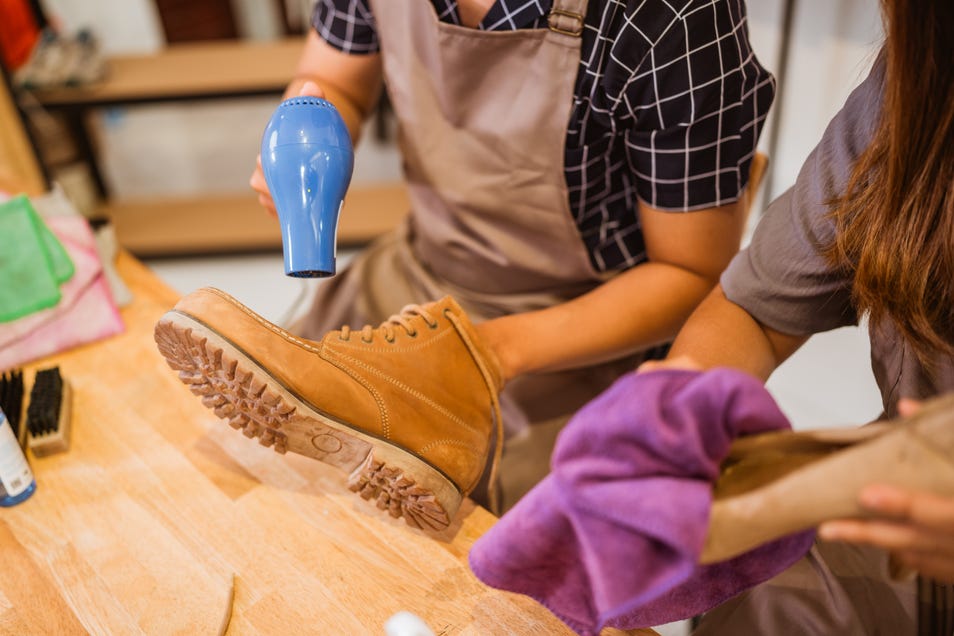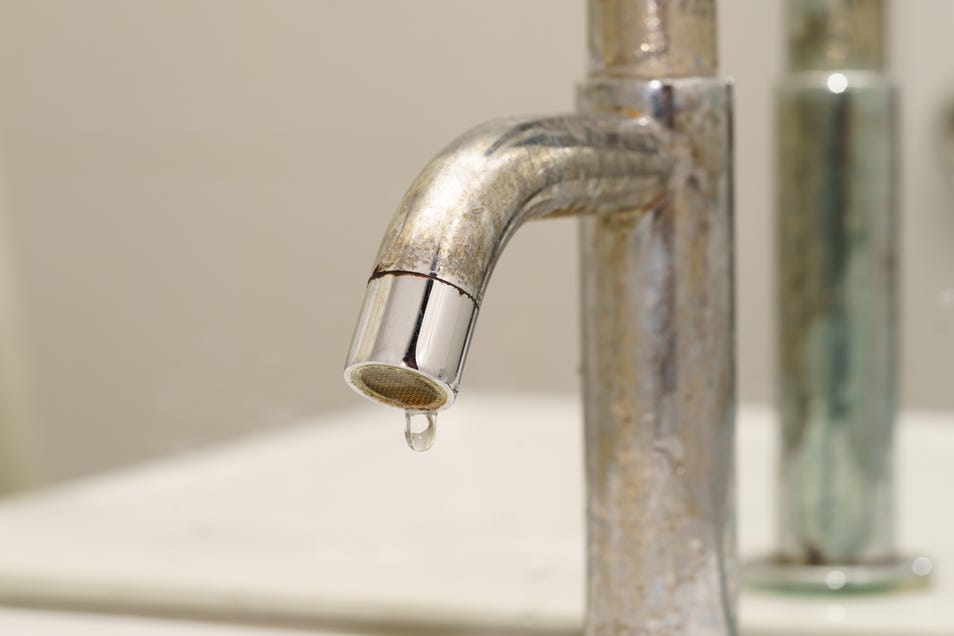How to Remove Odours from Clothes: A Step-by-Step Guide for Freshness
In this guide, we cover the best ways to remove odours from clothes. With effective cloth odour removers, get your clothes smelling fresh and clean.

Wondering how to wash a winter coat without damage? This guide covers easy and safe cleaning methods, whether machine washing or hand washing. Keep your jacket fresh and long-lasting!

As summer is around the corner, it's time to take off those cosy winter coats and give them a proper wash. After all, your winter coat has likely endured plenty of cold weather, snow, and even rain over the past few months. But don't worry, washing your winter coat doesn't have to be complicated or scary!
Whether it's a puffy, down-filled jacket or a stylish wool coat, learning how to wash a winter coat properly will ensure it lasts for many winters to come. Here's a guide on how to wash winter coats using easy and safe methods that will leave your favourite outerwear fresh and ready for another season.
Before learning about the actual washing process, it's always important to check the care label on your winter coat. This label offers specific instructions on how to wash the garment, such as the temperature settings, whether it can be machine washed, or if it needs to be hand washed. By following these instructions, you can protect the fabric and help maintain the coat's structure.
For example, down jackets or coats might need a more delicate wash process, while wool coats may require a gentler approach to avoid shrinking or losing their shape. Knowing this step is crucial in learning how to wash winter coats without causing damage.
If your winter coat has any specific stains—such as mud splashes or food stains—it's best to spot-clean them before you proceed with the full wash. Dab at the stain with a cloth and mild detergent, working from the edges inward to prevent it from spreading. For stubborn stains, a stain remover designed for fabrics may be necessary.
This step is particularly useful if you're asking yourself how to clean a winter jacket that's seen its fair share of dirt during your winter outings. By treating stains before washing, you ensure the jacket gets a thorough clean without any lingering marks.
The detergent you use for washing your winter coat can make a big difference. For most winter jackets, especially down-filled ones, it's best to choose a mild, gentle detergent. Using harsh chemicals can strip the fabric of its natural oils or break down the insulation inside the coat, making it less effective at keeping you warm.
If you're dealing with a waterproof winter jacket, opt for a detergent designed for outdoor gear. This type of detergent helps to preserve the water-repellent coating, which is especially important for jackets designed to keep you dry in the rain or snow.
Now for the big question—how to wash winter coats in the washing machine? Many winter jackets and coats can be safely machine-washed, but it's crucial to follow some key guidelines.
Once your winter coat is washed, the next important step is drying. It's essential to dry your winter coat properly to maintain its structure and insulation.
If your winter coat or jacket isn't machine washable, don't worry! Hand washing is a great alternative, especially for more delicate fabrics like wool or if the care label specifically advises against machine washing.
Washing your winter coat too often can wear out the fabric and affect its performance. To keep it fresh between washes, spot clean any small stains, and air it out regularly by hanging it in a well-ventilated space. This will help prevent odours from setting in, and your coat will stay looking its best for longer.
Knowing how to wash a winter coat properly is important to maintaining its quality and keeping it in good shape. By following these easy and safe methods, you can ensure that your winter jackets stay fresh, clean, and ready for next winter. Whether you're washing your coat in the machine or opting for hand washing, always remember to check the care label, use mild detergent, and dry your coat properly. With the right care, your winter coat will continue to keep you warm for years to come.
Ready to tackle your winter coat wash? Follow these tips, and your jacket will look as good as new!
In this guide, we cover the best ways to remove odours from clothes. With effective cloth odour removers, get your clothes smelling fresh and clean.
Discover the easiest way to clean your boots in the washing machine with our step-by-step guide. From everyday boots to winter and snow boots, we cover it all. Learn how to remove dirt, grime, and stains without damaging your footwear. With these simple tips, your boots will look fresh and ready to wear in no time!
Hard water problems? Use soap powder to test water hardness at home. This guide explains the method, science, and next steps for softer water.



